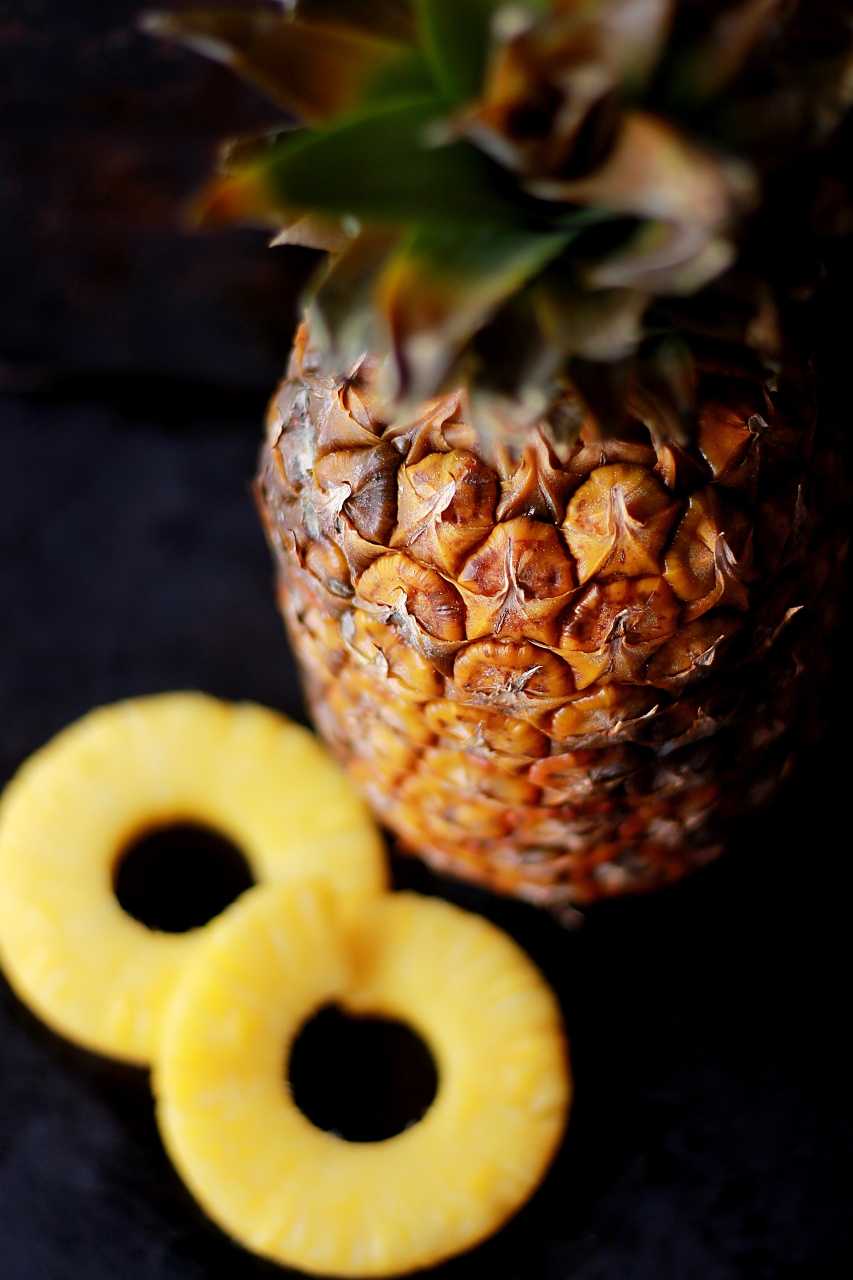The Packer 2017 Fresh Trends found that Americans are eating more fruit now compared to five years ago. The specific demand for imported tropical fruit, however, accounts for $13.8 billion. Since tropical fruit such as pineapples, mangoes and guavas are on the favorites list of most Americans, growing them locally can be a great alternative so you can enjoy them straight from your garden. While tropical fruits do require a little more planning and care, here is how you can enjoy them locally—regardless of the climate in your area.
Research the needs of your plant beforehand
While enthusiasm and passion are always important, you want to make sure to learn the basics of the particular tropical fruit or fruits you want to grow locally. Depending on their origin, each fruit you want to grow may have different needs and require additional care. In the case of mangoes, for example, deep, well-drained soil that is acidic is ideal for proper cultivation. While that may seem like a lot to consider, the taste and unique nutritional properties of mangoes alone makes the extra research well worth it. When your fruit trees begin to bear fruit, you will be so happy to have taken this necessary step. When you have researched the needs of your plants and are ready to begin the process, make sure you know exactly what you are buying. Good quality seeds and soil from reputable sources is the first step to making sure your gardening thumb is getting exactly what it wants.
Make your fruit plants feel at home
Now that you are ready to put theory into action, make sure your fruits are grown in conditions most similar to their original habitat. Planting time for tropical fruits tends to be best in both spring and fall as the rainy seasons best mimic the conditions of the fruit’s origins well and also enable the roots to grow strong from the get-go. Depending on your climate, you may need to water your fruits more often to avoid them drying out and take special consideration to local insects being (understandably) attracted to the tropical fruit. Unless you are living in the sunny and warm east or west coast, you must also prioritize preparing your plants for winter. Fruits like mangoes, guavas and pineapples need a lot of sun to thrive and positioning them early-on to get the most amount of sunlight possible throughout the seasons is crucial to them thriving. If there is a lot of frost in your area, building or buying a small tropical greenhouse can be a great investment, especially if you always want access to your favorite tropical fruit.
While growing tropical fruit does take a little more time and effort when compared to local fruits, the taste and health benefits are worth it. By doing enough research ahead of time to assess your favorite fruit’s needs and ensuring that they feel at home in the ways that matter, you can successfully grow a garden of paradise wherever you live.
